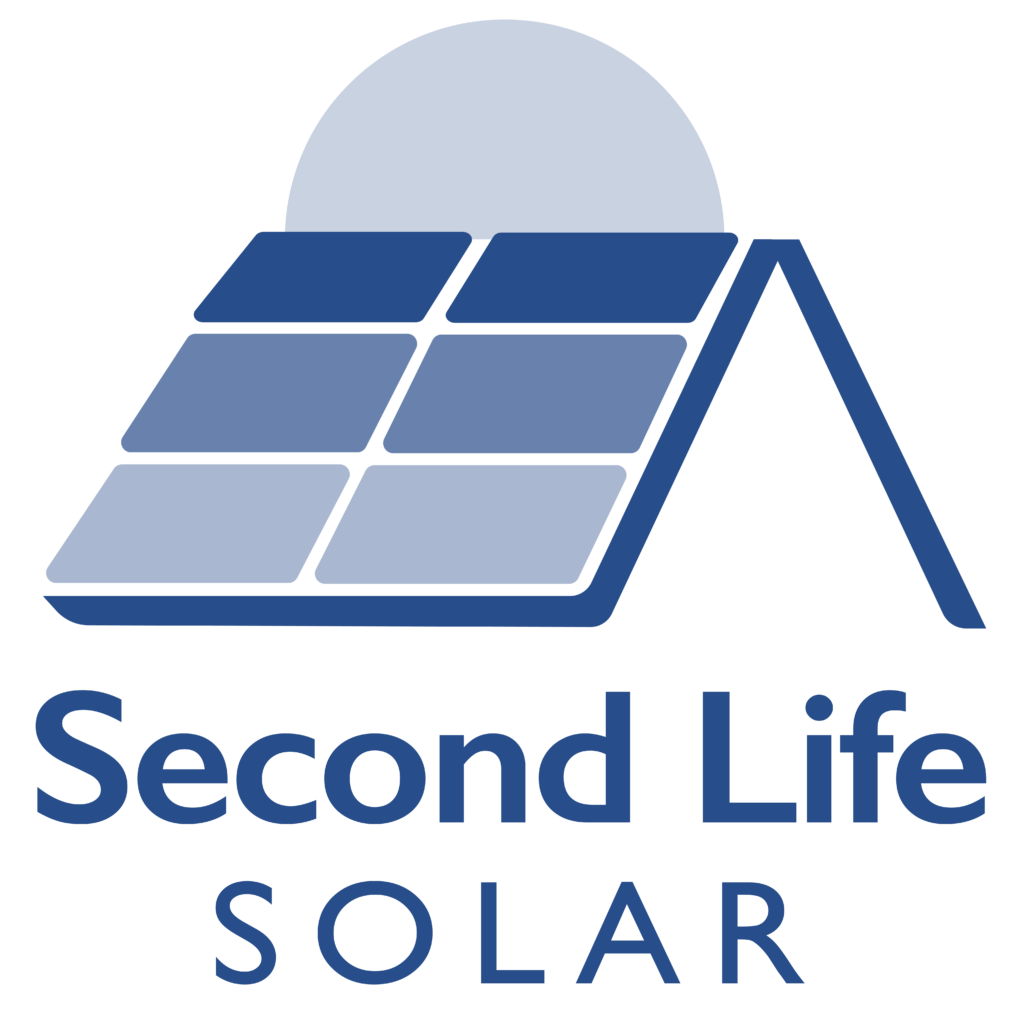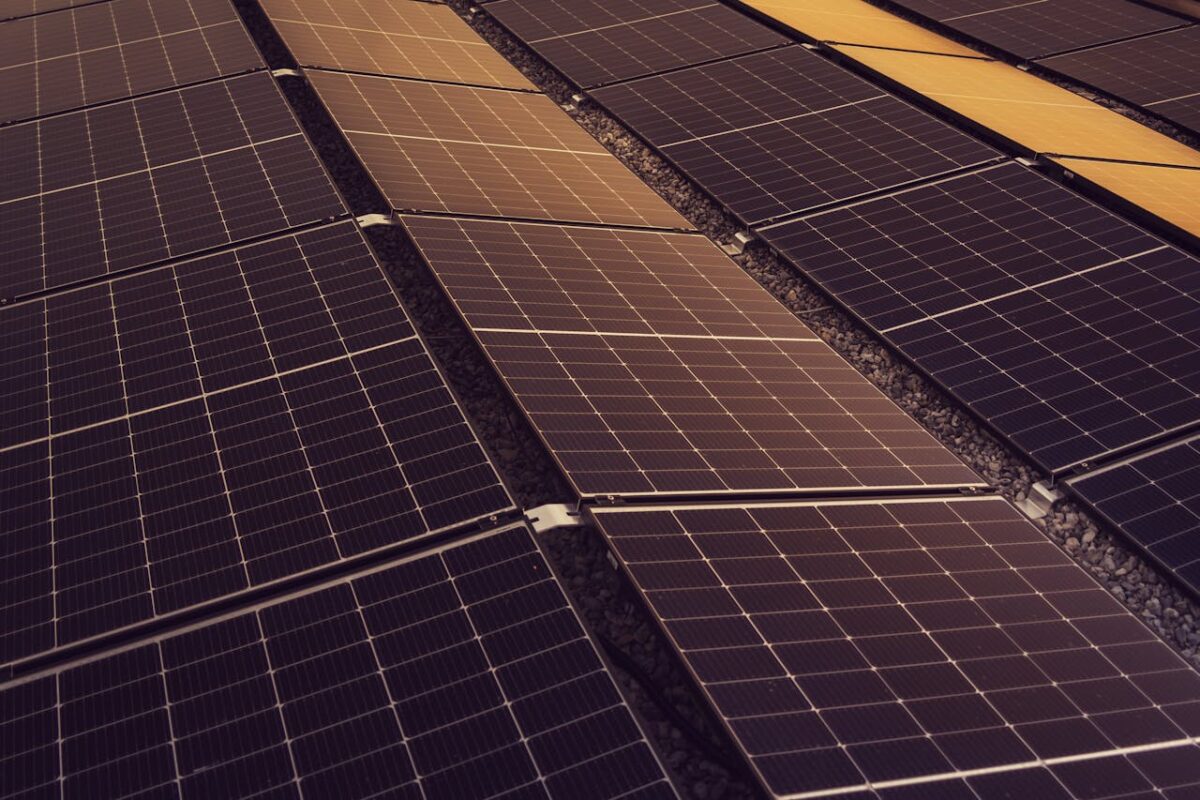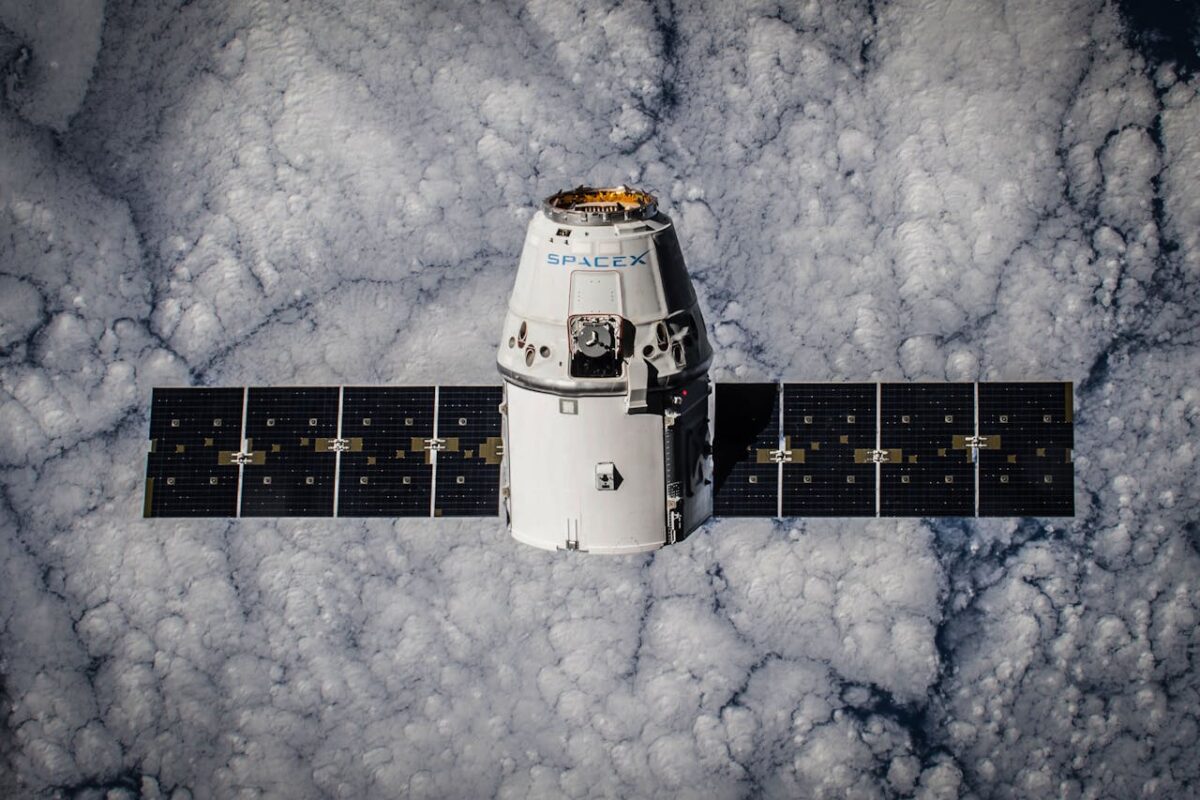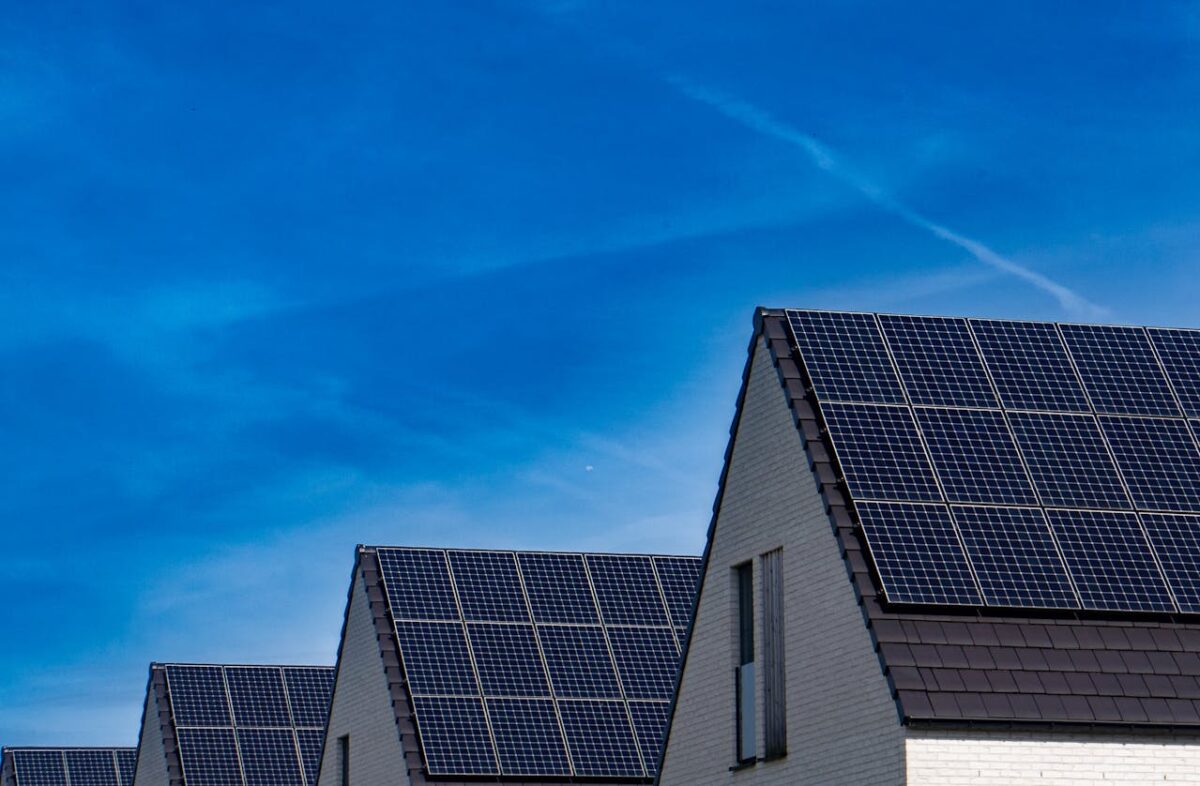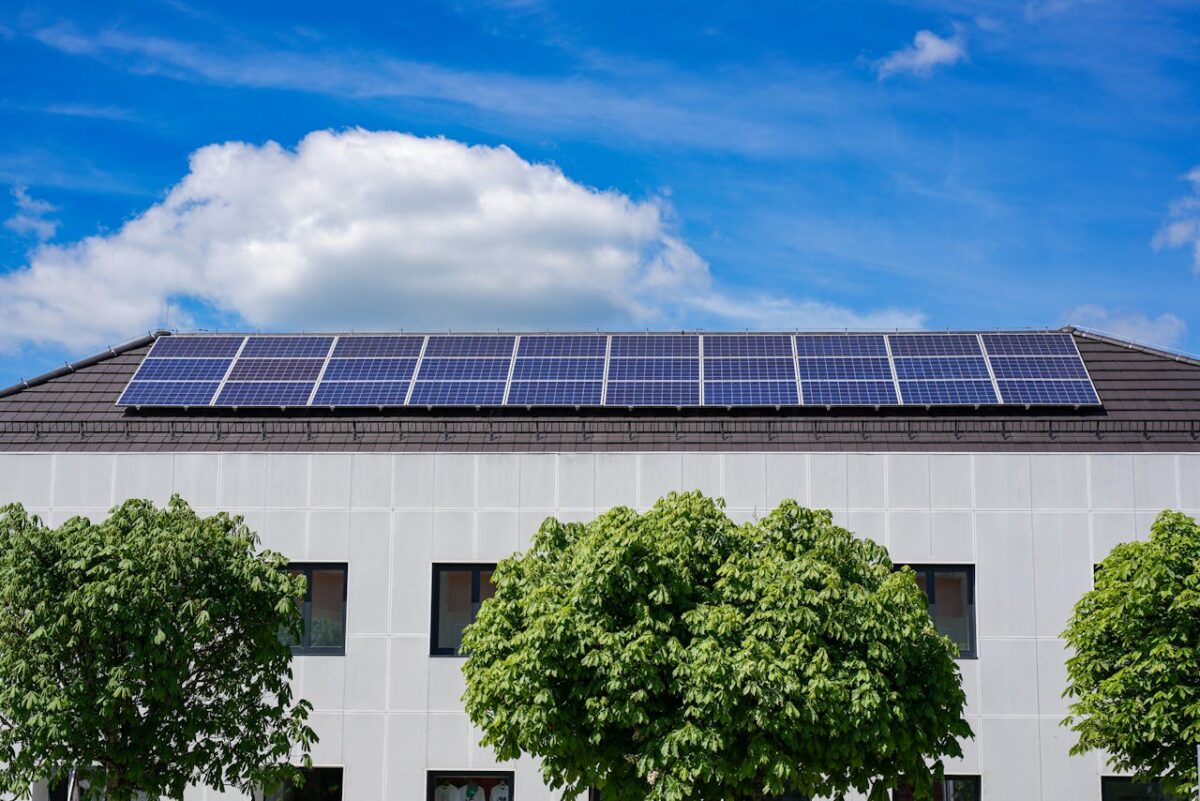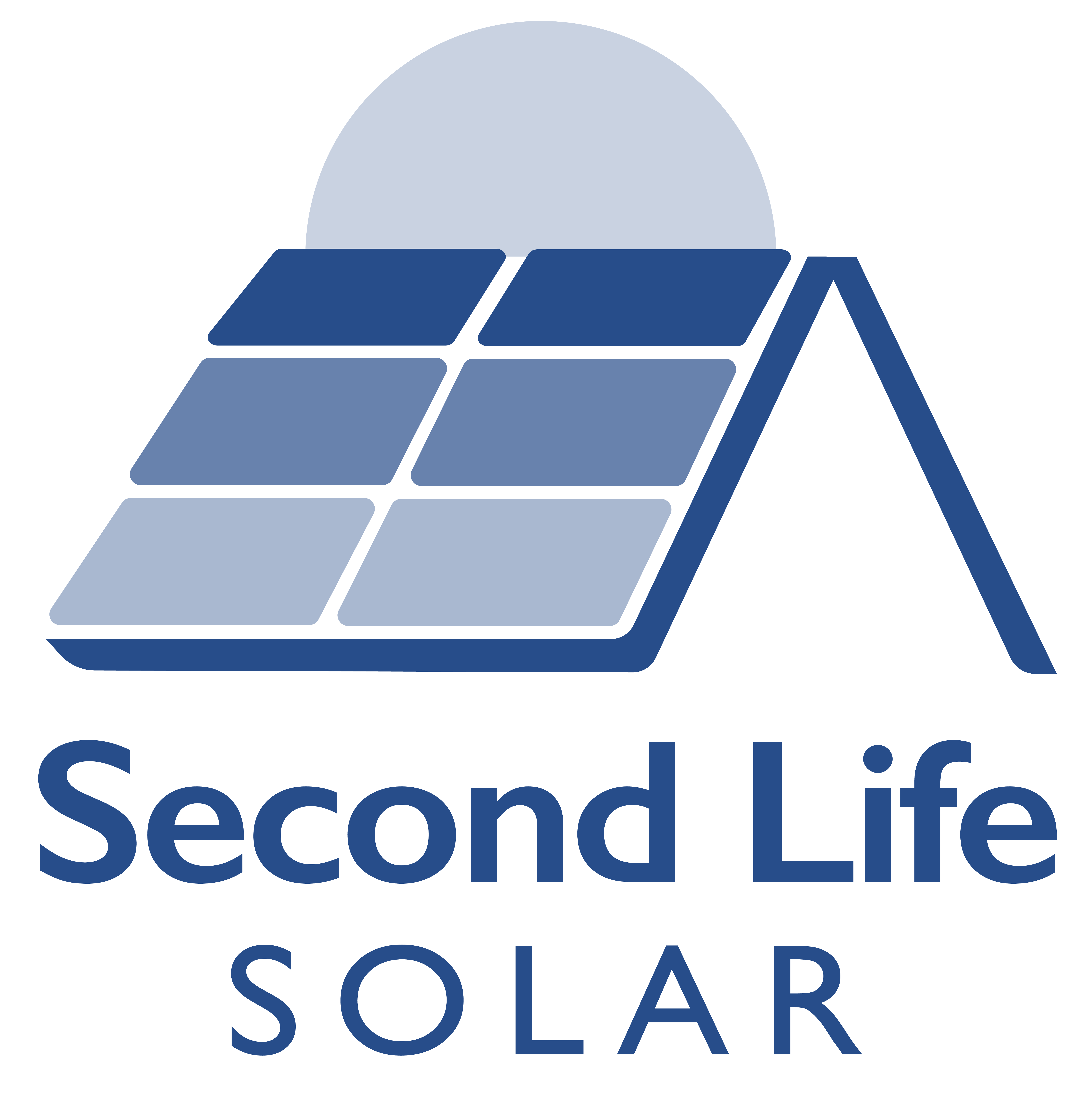Can Solar Panels Be Reused?
Kallipso Mais
on
March 5, 2025
As the world shifts toward clean energy, solar panels have become a cornerstone of sustainable power generation. But what happens when these panels reach the end of their typical lifespan?
At Second Life Solar, we’re proving that solar panels can have a second act. Supplying used and second-hand solar panels to businesses in large volumes globally, we’re tapping into the potential of reuse to extend the life of solar technologies.
So, can solar panels be reused? Let’s dive into the details.
The Lifespan of Solar Panels: A Starting Point
Most solar panels installed today are designed to last around 30 years, delivering reliable solar power through their silicon wafer-based design. According to the National Renewable Energy Laboratory, these panels often retain 80% or more of their efficiency even after decades of use.
This durability raises an intriguing question: why discard them when they can still generate electricity? Or, when simply no longer wanted? At Second Life Solar, we source these panels—often deemed waste electrical and electronic equipment—and give them a new purpose.
How Reuse Works: The Process Behind Second Life Solar
Not every solar panel is destined for the recycling process. Many retain functional solar cells capable of producing power, even in small amounts, making them ideal for reuse. Our process involves:
- Inspection: Testing panels for efficiency and structural integrity.
- Refurbishment: Repairing minor damage to frames or wiring.
- Redistribution: Supplying these panels to businesses globally for applications like off-grid systems or budget-friendly solar projects.
By reusing panels, we reduce the demand for raw material extraction and minimise solar waste, offering a cost-effective alternative to new installations.
The Benefits of Reusing Solar Panels
Reusing solar panels isn’t just about sustainability—it’s a practical choice for businesses. Here’s why:
- Cost Savings: Second-hand panels are significantly cheaper than new ones, making solar power accessible to more companies.
- Environmental Impact: Extending panel life reduces the need for silicon-based solar panel recycling and preserves valuable materials like silver, copper, and glass.
- Energy Efficiency: Panels still generate clean energy, supporting global decarbonisation efforts.
For businesses looking to meet sustainability goals without breaking the bank, Second Life Solar provides a solution that aligns with both budgets and eco-conscious values.
Can Solar Panels Be Recycled? The Alternative Path
While reuse is our focus, it’s worth noting that solar panels can be recycled when they’re no longer viable. The recycling rate for panels is improving, with processes recovering up to 95% of materials like silicon and metals.
Challenges and Considerations
Reusing solar panels isn’t without hurdles. Some panels suffer from degraded performance or physical wear, limiting their output. Others may not meet modern efficiency standards, making them better suited for niche applications.
And while recycling recovers valuable materials, reuse keeps entire units operational—though it requires careful sourcing and testing. Second Life Solar addresses these challenges by rigorously vetting every panel we supply, ensuring quality for our global clients.
As solar waste grows alongside the boom in electrical and electronic equipment, reuse offers a proactive solution. By extending the life of panels, we’re not just delaying the recycling bin—we’re maximising their contribution to renewable energy. Whether powering warehouses, farms, or remote installations, our second-hand panels prove that sustainability and affordability can go hand in hand.
